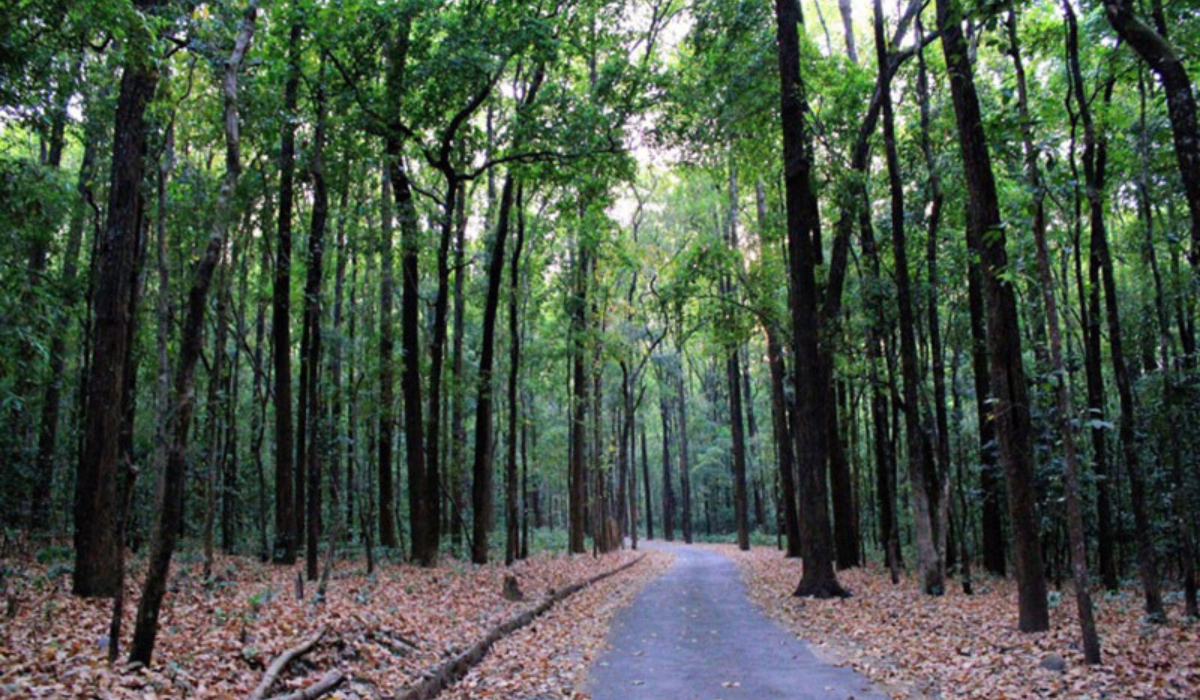Jim Corbett National Park is in Uttarakhand, India. It’s a natural habitat established in 1936, named after Jim Corbett.
Jim Corbett National Park awaits exploration, covering an expanse of over 500 square kilometers as a vast wilderness. It is home to various species of flora and fauna, including tigers, elephants, leopards, and many more. Visiting Jim Corbett National Park offers an opportunity to witness the grandeur of Bengal tigers in their natural habitat and appreciate the park’s captivating allure. The journey through the park takes you through a thick forest cover, hills, valleys, and rivers, making it an unforgettable experience. The park is divided into different zones, each with unique characteristics, flora, and fauna.
Zones
Bijrani Zone:
This zone is famous for its lush greenery and is home to elephants, tigers, deer, and other animals in their natural habitat.
Jhirna Zone:
This zone is known for its open grasslands and is home to species like chital, sambhar, and wild boars. Birdwatching is also popular here.
Dhikala Zone:
This zone is the park’s largest and most popular, offering an ideal base for exploring the wilderness. It is known for its dense forests, rivers, and stunning views. The zone has a forest lodge that provides accommodation for tourists.
Sonanadi Zone:
This zone is a part of the Corbett Tiger Reserve and is located on the park’s western side. It is less crowded and offers a peaceful experience for wildlife enthusiasts.
Durga Devi Zone:
This zone is located in the northeastern part of the park and is known for its rugged terrain, dense forests, and stunning views. It is home to several bird species and also offers a chance to spot tigers, leopards, and elephants.
Sitabani Buffer Zone:
This zone is located outside the park’s main area and is known for its tranquil atmosphere and diverse flora and fauna. It is an ideal place for nature walks, birdwatching, and trekking.
Apart from the wildlife, the park is also home to various species of birds, making it a birdwatcher’s paradise. For bird watching, November to March is ideal to spot species such as the Great Indian Hornbill.
The Corbett Museum, situated in Kaladhungi, is a must-visit for those interested in learning about the history and culture of the park. The journey through the park is complete with experiencing the thrill of adventure activities like rock climbing, rappelling, and river crossing. rained professionals will guide you through these activities, ensuring complete safety.
In summary, exploring Jim Corbett National Park offers an excellent opportunity to encounter a seamless blend of adventure, nature, and history while embarking on a thrilling journey through the wilderness. The park has something for everyone, from wildlife enthusiasts to birdwatchers and adventure seekers. Exploring the park’s natural beauty and experiencing its thrill is an experience that one should take advantage of.
From history and culture to wildlife and adventure, this blog covered various aspects of Jim Corbett National Park. We hope this blog helps you plan your trip to the park and makes your journey through the wilderness memorable.







